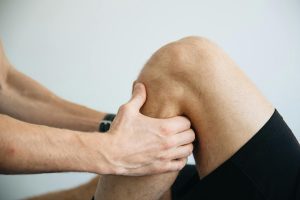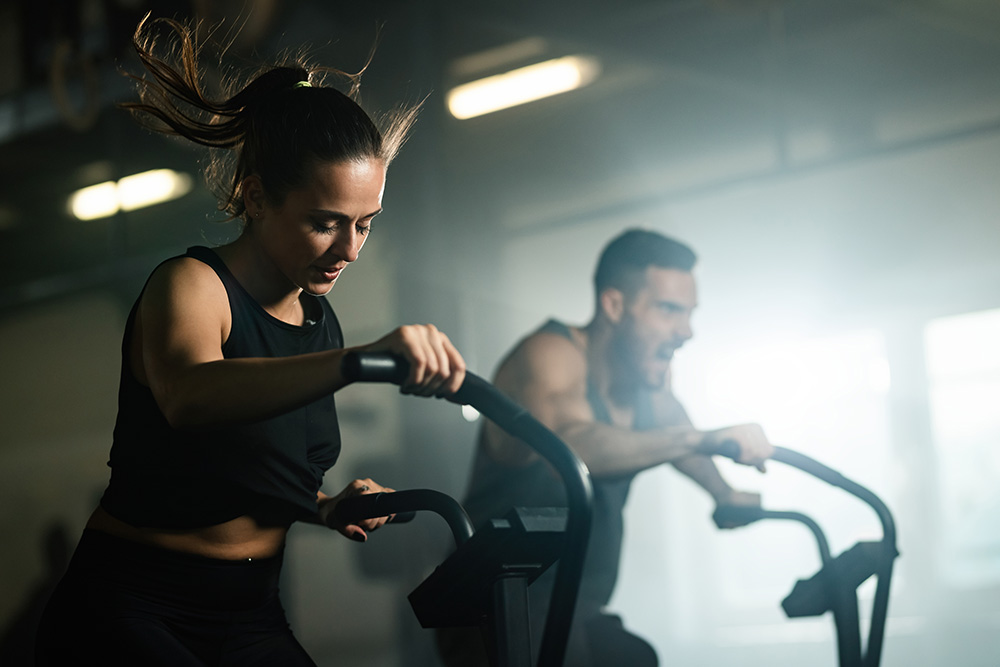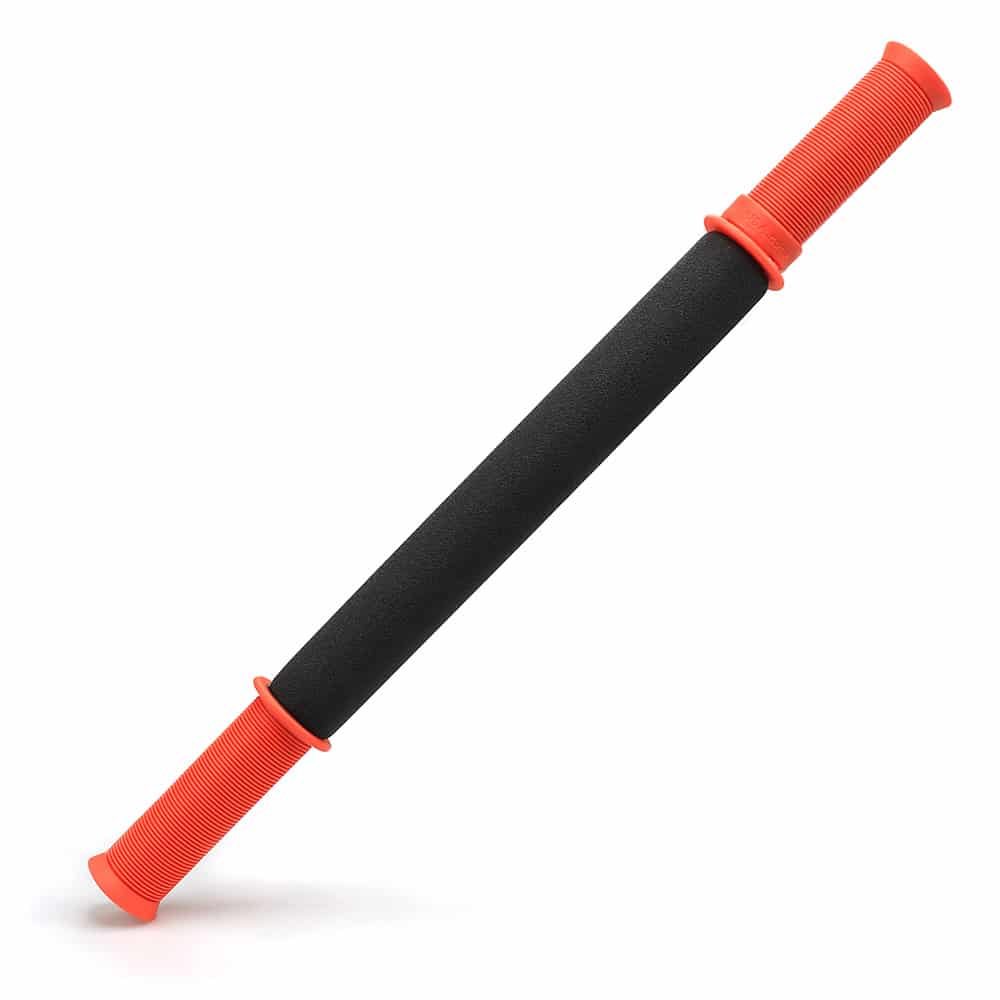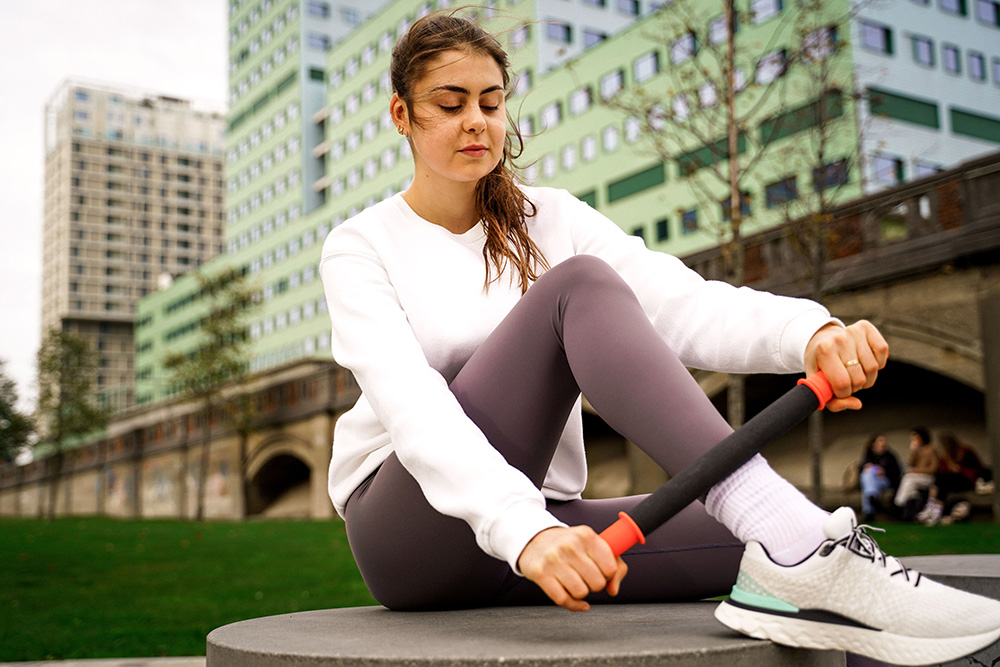
Free Shipping on $50+
You crushed your workout, felt the burn, and now…..you feel the post workout soreness. We’ve all been there. You pushed the limits and now it’s time to recover. Let’s dive into essential strategies to maximize muscle recovery.

Key components of muscle recovery include muscle compression and stretching to enhance flexibility and mobility. Other important aspects include proper hydration, nutrition, sleep, and active recovery. Here are some tips and techniques.
1. Muscle Compression and the Best Recovery Tools
Muscle compression or what we like to call Accumassage is a fantastic way to enhance post-exercise recovery strategies using Tiger Tail tools can really elevate the experience. These tools are designed to apply targeted pressure to sore muscles, muscle repair and regeneration, helping to relieve tension and promote blood flow.

Incorporating muscle compression or Accumassage can be incorporated pre-workout, intra-workout, post-workout, or on separate days as active recovery.

2. Muscle Recovery and Nutrition
Proper nutrition provides the foundation for muscle repair and growth. Protein is necessary for repairing and building muscle. Carbs provide the energy for muscles to work.
3. Sleep
Studies show the importance of sleep for muscle recovery and growth. The American Academy of Sleep Medicine recommend 7-9 hours of sleep.
4. Hydration
Water is necessary for the body to function. These functions include:
Aim for half your bodyweight in ounces of water per day. Increase your water intake if your workouts are intense or working out in hot and humid conditions.
5. Listen to your body
Rest and recovery are as important as training.
Muscle recovery involves stretching, muscle compression, eating right, staying hydrated, and getting enough rest. If you add these methods to your workout routine, you can reduce muscle soreness and improve your performance. So, make sure to focus on recovery! And
Ortiz, Robert O. Jr1; Sinclair Elder, Amanda J.2; Elder, Craig L.2; Dawes, J. Jay2. A Systematic Review on the Effectiveness of Active Recovery Interventions on Athletic Performance of Professional-, Collegiate-, and Competitive-Level Adult Athletes. Journal of Strength and Conditioning Research 33(8):p 2275-2287, August 2019. | DOI: 10.1519/JSC.0000000000002589
Watson AM. Sleep and Athletic Performance. Curr Sports Med Rep. 2017 Nov/Dec;16(6):413-418. doi: 10.1249/JSR.0000000000000418
Disclaimer: This information is for general knowledge and informational purposes only and does not constitute medical advice. Consult a healthcare professional before starting any new exercise program.
For more information on our programs or our awesome muscle care tools, visit www.tigertailusa.com or email [email protected]
Stay Up-to-Date!

Dr. Julie Zuleger has over 20 years of experience as a Licensed Massage Therapist, Certified Strength, and Conditioning Specialist (CSCS), Corrective Exercise Specialist, RYT-500 Yoga Instructor, and Human Movement Specialist. Julie promotes self-care using massage tools and stretching-based programs and teaches continuing education courses for yoga teachers, massage therapists, athletic trainers, strength and conditioning, fitness, and wellness professionals. Julie holds a PhD in Education and is the Director of Kinesiology and Education at Tiger Tail USA.